Subscribe to receive the latest blog posts to your inbox every week.
By subscribing you agree to with our Privacy Policy.
In October 2021, for the first time ever, credit card transactions crossed ₹1 Lakh Crore, while debit card transactions exceeded ₹7.5 Lakh Crore. This surge, driven by festive fervour and digital adoption, highlights the importance of data security and privacy in payment systems.
But how exactly is cardholder data protected? What regulations ensure its safety? And what must businesses do to remain compliant?
The answer lies in PCI DSS—a globally recognized framework for securing payment card data.
Payment Card Industry Data Security Standard (PCI DSS) is a comprehensive set of security standards developed to ensure that businesses accepting, processing, storing, or transmitting card data maintain a secure environment.
Introduced in 2006 by the Payment Card Industry Security Standards Council (PCI SSC)—a joint initiative by Visa, MasterCard, American Express, Discover, and JCB—the latest version of PCI DSS was released in May 2018.
PCI DSS applies to:
Merchants
Payment processors
Issuers and acquirers
Service providers
Any entity storing or transmitting cardholder or authentication data
Whether you’re a small business or a large fintech, PCI DSS compliance is mandatory for protecting cardholder data.
PCI DSS specifies 12 standards to which all entities must adhere. The following is an overview of these standards:
| Objective | Standard |
| Build and Maintain a Secure Network and Systems | 1. Configure and maintain a firewall to protect cardholder data 2. Do not use vendor-supplied defaults for system passwords and other security parameters |
| Protect Cardholder Data | 3. Protect Stored Cardholder Data 4. Encrypt Transmission of Cardholder Data across open, public networks |
| Maintain a Vulnerability Management Program | 5. Protect all systems against malware and update anti-virus software or programs on a regular basis 6. Develop and maintain secure systems and applications |
| Implement Strong Access Control Measures | 7. Restrict access to cardholder data by business need to know 8. Identify and authenticate system component access 9. Restrict physical access to cardholder data |
| Regularly Monitor and Test Networks | 10. Track and monitor all network resource and cardholder data access 11. Test security systems and processes on a regular basis |
| Maintain an Information Security Policy | 12. Maintain an information security policy for all personnel |
Let’s delve deeper into each standard to better understand the goal:
PCI SSC provides a detailed step-by-step process for configuring and maintaining a firewall.
Keeping a list of all devices and software that require a password is one way to ensure compliance in this area (or other security to access). In addition to a device/password inventory, basic precautions and configurations should be carried out on a regular basis. (For example, changing the password).
The PCI SSC recommends that entities implement data retention and disposal policies to keep cardholder data storage to a minimum. It also requires entities not to store the card verification code or value (a three- or four-digit number printed on the front or back of a payment card that is used to verify card-not-present transactions) after authorization. That is why CVC/CVV is required to be entered by the customer every time an online transaction is made.
Furthermore, when PAN (Permanent Account Number or Card Number) is displayed, entities must mask it (the first six and last four digits are the maximum number of digits to be displayed), so that only personnel with a legitimate business need can see more than the first six/last four digits of the PAN.
To further prevent entities from storing cardholder data, the RBI has mandated tokenization for all card-based transactions. No entity in the card transaction / payment chain, other than card issuers and / or card networks, shall store the actual card data beginning January 1, 2022.
To ensure that security controls continue to reflect a changing environment, system components, processes and custom software should be tested on a regular basis.
A strong security policy establishes the security tone for the entire organisation and informs employees of what is expected of them.
In addition to adhering to these standards, organisations must assess and submit a Report on Compliance (RoC) based on the number of transactions handled each year:
The assessment for Level 1 merchants should include an external audit performed by a QSA (Qualified Security Assessor) or ISA (Internal Security Assessor). They will conduct an on-site evaluation of the organisation in order to:
To demonstrate compliance, the auditor will then submit a RoC to the organization’s acquiring banks.
To confirm compliance with PCI DSS requirements, Level 2 merchants must only submit a self-assessment questionnaire (SAQ) and a self declared ROC rather than an external audit.
Level 3 and 4 merchants are only required to fill out a self-assessment questionnaire (SAQ).
At the very least, complying with PCI Security Standards appears to be a daunting task. The tangle of standards and issues appears to be too much for even large organisations, let alone smaller businesses. However, compliance is becoming more important and may not be as difficult as one might think, especially with the right tools. The following are some of the advantages of being PCI DSS compliant:
Non-compliance with these standards will result in fines imposed by the networks on acquiring banks, which will then be passed on to the organisation in question. Repeated violations may result in the merchant’s ability to accept payments using their cards being revoked entirely.
In India’s rapidly expanding digital payment ecosystem, ensuring data security is not optional—it’s foundational. PCI DSS offers a robust framework for any organization that handles card transactions to protect both business integrity and customer trust.
Start early. Stay compliant. And lead securely.
To know more about our offerings connect with our experts




Sales: sales@card91.io
HR: careers@card91.io
Media: comms@card91.io
Support: support@card91.io